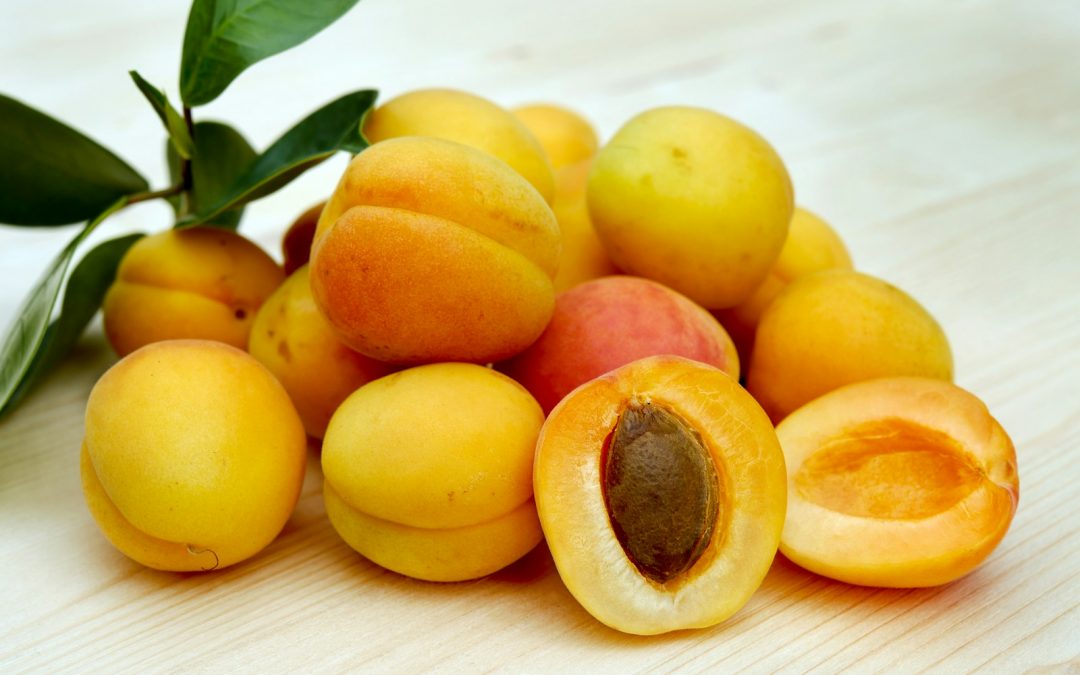Growing apricots can be a rewarding endeavor for any gardening enthusiast, offering the chance to enjoy these delicious and nutritious fruits right from your own backyard. This guide will walk you through everything you need to know about cultivating apricots, from selecting the right variety for your climate to planting, care, and harvesting. Whether you’re an experienced gardener or just starting out, follow these steps to successfully grow your own apricots and revel in the satisfaction of harvesting home-grown, sun-ripened fruits.
Contents
Choosing the Right Apricot Variety
The first step in growing apricots is selecting a variety that is well-suited to your climate. Apricots need a specific number of chilling hours (cold temperatures) to produce fruit, but too much cold can damage the blossoms. Research varieties that are known to thrive in your area. Consider dwarf or semi-dwarf varieties if space is limited or if you’re planning to grow them in containers.
Planting Your Apricot Tree
When to Plant
The best time to plant apricot trees is in the late winter or early spring, once the ground is workable and the threat of extreme cold has passed. This timing allows the tree to establish roots before the growing season begins.
Soil and Site Requirements
Apricots flourish in well-drained, moderately fertile soil with a neutral pH. Choose a sunny site, as apricots require full sun to produce the best fruit. Ensure the location is sheltered from strong winds, which can damage the tree and its blossoms.
Planting Process
- Dig a hole twice as wide and as deep as the root ball of your apricot tree.
- Amend the soil with compost to improve fertility and drainage.
- Place the tree in the hole, spreading the roots out gently. Ensure the graft point is above soil level.
- Backfill the hole, tamping down the soil to remove air pockets.
- Water thoroughly to settle the soil around the roots.
Caring for Your Apricot Tree
Watering
Apricot trees need regular watering, especially during dry periods. Keep the soil consistently moist but not waterlogged. Mulching around the base of the tree can help retain soil moisture and regulate temperature.
Fertilizing
Feed your apricot tree in early spring with a balanced fertilizer. Avoid over-fertilizing, as this can lead to excessive leaf growth at the expense of fruit production.
Pruning
Prune apricot trees in late winter or early spring to remove dead or diseased wood and to shape the tree. Proper pruning also encourages air circulation and sunlight penetration, which are crucial for fruit development.
Pest and Disease Management
Be vigilant about pests and diseases. Regularly inspect your tree for signs of trouble and address any issues promptly. Using organic methods of pest and disease control can help keep your tree healthy without the use of harsh chemicals.
Harvesting Apricots
Apricots are ready to harvest when they are fully colored and slightly soft to the touch. Gently twist the fruit to pick it from the tree. Remember, apricots ripen all at once, so be prepared to harvest and use them quickly. Fresh apricots can be eaten, dried, or preserved to extend their enjoyment.
Conclusion
Growing apricots can be a delightful addition to any garden, offering the joy of fresh, home-grown fruit along with the beauty of the tree itself. By selecting the right variety, providing proper care, and addressing any challenges that arise, you can enjoy bountiful apricot harvests for years to come.


